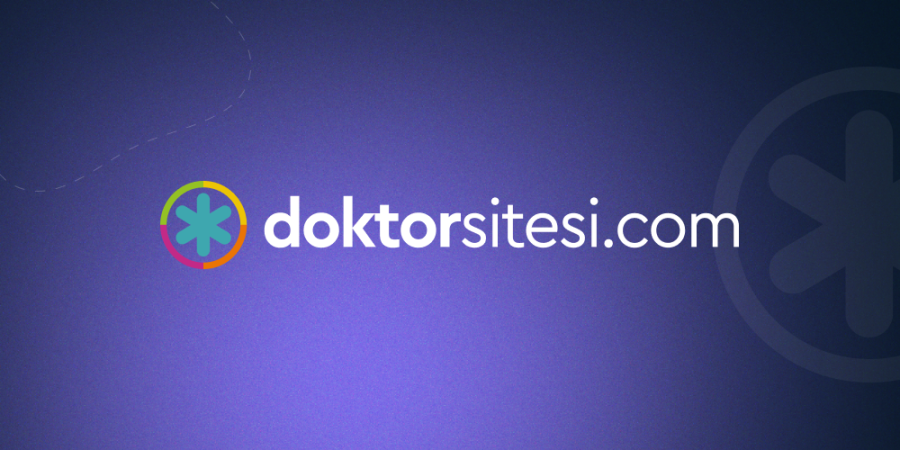The aim of this study is to present our experience on the use of the holmium:yttrium-aluminum-garnet (Ho:YAG) laser in pediatric patients for pediatric urolithiasis and describe the optimal settings. A total of 116 children who underwent urolithiasis treatment (percutaneous nephrolithotomy (PNL), ureterorenoscopy (URS), retrograde intrarenal surgery (RIRS)) were included. The mean age of the patients was 8.4 ± 5.2 years (1-18). The mean follow-up was 26 ± 8.8 months (9-45). There was no difference between the mean stone sizes of PNL and RIRS patients (p = 0.816). Operations were performed with 200, 272, and 365-μm fibers. In mini-URS, stone fragmentation was achieved with the energy settings set between 0.5 and 1 J and frequency set to > 8 Hz. In RIRS, fragmentation was achieved with the setting of 0.5-0.8 J at 10-20 Hz. Stone fragmentation was performed with energy settings of 0.8 to 2 J between 5 and 15 Hz for PNL. There was no significant difference between the stone-free rates of the PNL and RIRS (p = 0.150). Four postoperative complications occurred (Clavien II), which included febrile urinary infections in two patients who underwent mini-URS, one patient who underwent PNL, and one patient who underwent RIRS. Our results confirmed that Ho-YAG laser can be effectively used in children for stone treatment by using low-energy high-frequency settings for URS and RIRS and a high energy setting for PNL.
The optimal settings of holmium yag laser in treatment of pediatric urolithiasis.
The aim of this study is to present our experience on the use of the holmium:yttrium-aluminum-garnet (Ho:YAG) laser in pediatric patients for pediatric urolithiasis and describe the optimal settings. A total of 116 children who underwent urolithiasis treatment (percutaneous nephrolithotomy (PNL), ureterorenoscopy (URS), retrograde intrarenal surgery (RIRS)) were included. The mean age of the patients was 8.4 ± 5.2 years (1-18). The mean follow-up was 26 ± 8.8 months (9-45). There was no difference between the mean stone sizes of PNL and RIRS patients (p = 0.816). Operations were performed with 200, 272, and 365-μm fibers. In mini-URS, stone fragmentation was achieved with the energy settings set between 0.5 and 1 J and frequency set to > 8 Hz. In RIRS, fragmentation was achieved with the setting of 0.5-0.8 J at 10-20 Hz. Stone fragmentation was performed with energy settings of 0.8 to 2 J between 5 and 15 Hz for PNL. There was no significant difference between the stone-free rates of the PNL and RIRS (p = 0.150). Four postoperative complications occurred (Clavien II), which included febrile urinary infections in two patients who underwent mini-URS, one patient who underwent PNL, and one patient who underwent RIRS. Our results confirmed that Ho-YAG laser can be effectively used in children for stone treatment by using low-energy high-frequency settings for URS and RIRS and a high energy setting for PNL.




